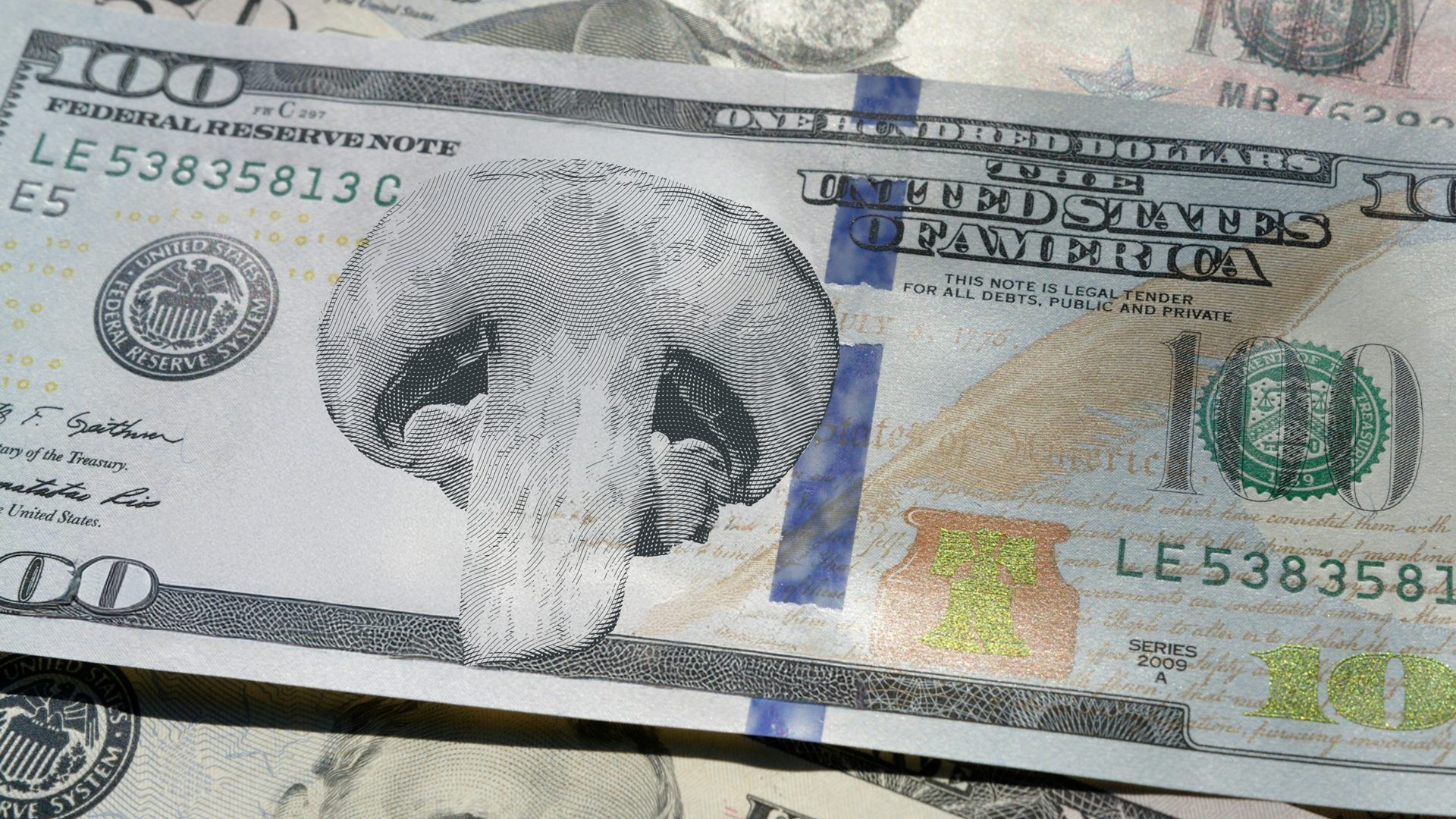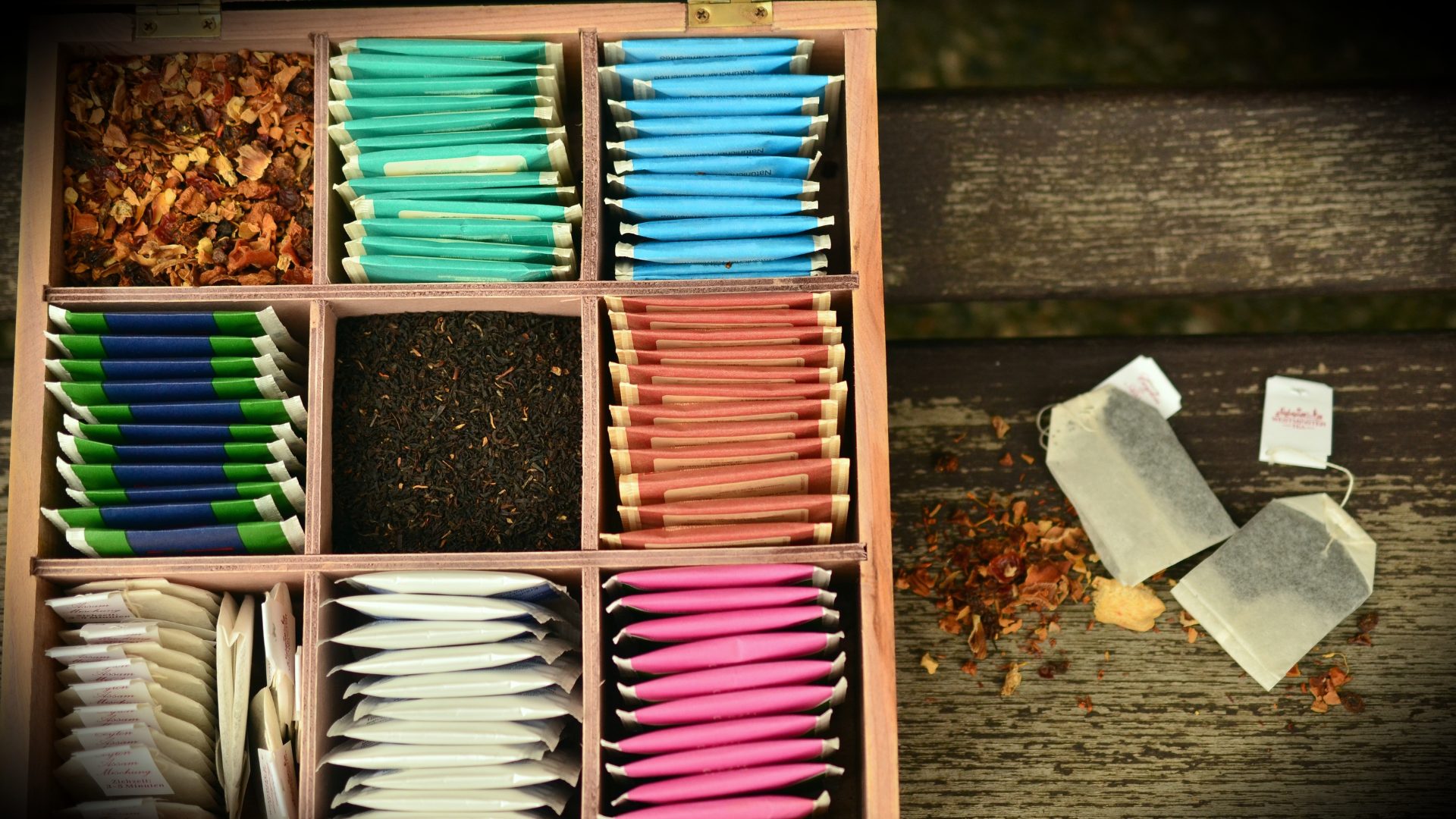Over the past few weeks, CPG giants have pledged their support in removing select artificial food dyes in an apparent bid to align their practices with the U.S. Department of Health and Human Services and the Food and Drug Administration’s recent bid to phase out eight petroleum-based synthetic dyes from domestic food and beverages.
Although the effort was met with skepticism, with key stakeholders resisting the change, or noting that a lack of legal recourse will prevent brands from switching to alternatives, legacy manufacturers, including J.M. Smucker Co., Nestlé, Kraft Heinz, General Mills, and Conagra, all pledged aggressive anti-dye strategies.
In recent years, the federal government has been critical of synthetic food dyes. Just before President Donald Trump took office, for example, the Biden administration banned Red Dye No. 3 because of its potentially carcinogenic characteristics. The current administration is continuing these efforts.
Judging by how widespread these food dyes are, the effort seems herculean; however, efforts from key leaders may catalyze the process domestically. A report published June 24 evaluated the CPG landscape in 2020, revealing that synthetic dyes were found in 19% of products and represented more than $46 billion in consumer purchases. Of the colorants found, Red No. 40 alone was found in 14% of products, a petroleum-based dye that HHS and FDA want out of the food supply by the end of 2026.
Many of these brands offer global distribution solutions, and with some of these additives already barred from international markets, R&D has already gone into finding suitable alternatives, lightening the load somewhat for domestic operations.
What They’re Saying
On June 26, Smucker gave a deadline that aligns with the FDA announcement, pledging to remove “food, drug, & cosmetic” (FD&C) colorants from its CPGs by the end of 2027.
General Mills released a similar statement, boasting that 85% of its portfolio is already free from these additives.
Both companies are also working with distribution partners to stop offering products that use these colors in K-12 school systems by the 2026-27 school year.
For Smucker, the decision impacts its sugar-free fruit spreads, ice cream toppings, and select Hostess brand portfolio products.
“Our top priority is to provide safe, quality, affordable, and convenient products that meet the needs of our consumers, and this decision supports that commitment,” stated John Brase, Smucker president and COO.
Kraft Heinz recently gave itself the same 2027 deadline.
The brand said nearly 90% of its portfolio is already free from FD&C colors, when evaluated by net sales, and it is allocating resources to R&D to address the remaining portfolio.
It highlighted a three-pronged approach to colorant removal:
- Removing colors not critical to the consumer experience
- Replacing FD&C colors with natural alternatives
- Creating new colors where natural replacements are not available
Nestlé set a more aggressive deadline, noting in late June it would eliminate synthetic colors from its domestic portfolio by mid-2026. The brand added that it has been working to remove these ingredients for the last decade.
Of these leaders, frozen food conglomerate Conagra unveiled the most aggressive strategy. The announcement was part of an update on a multi-year plan that includes removing FD&C colors by the end of 2025.
“Our transition away from FD&C colors is just one aspect of our broader strategy to modernize our portfolio to align with consumer preferences,” said Tom McGough, EVP and COO of Conagra Brands, in a statement.
The Food Institute Podcast
Several economic headwinds indicate the consumer is being financially stretched, but we all need to eat – so what are consumers actually buying at the grocery store? Nik Modi of RBC returns to The Food Institute Podcast to discuss channel differentiation, consumer product selection, and other macro trends.












